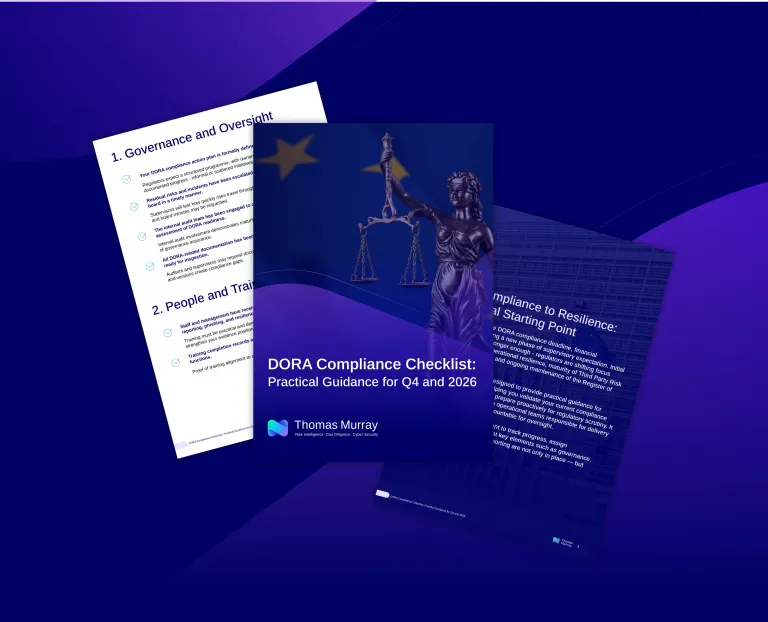Knowing the difference between inherent risk and residual risk is key to good risk management processes. Each represents distinct stages in the risk assessment process, and each needs tailored strategies for mitigation and control.
Inherent risk
"Inherent risk" is the risk present in any activity, process, or environment before the taking of risk mitigation measures. Essentially, it is the purest form of risk exposure, unaffected by any risk management actions.
For example: A software development team creates a project with the aim of launching a new application. Inherent risks include:
- uncertainties about the scope of the project;
- technology constraints;
- market demand;
- the availability of key team members; and
- regulatory compliance issues.
These risks exist regardless of any risk mitigation strategies implemented.
Residual risk
Residual risk, on the other hand, reflects the risk that remains despite the implementation of controls and safeguards.
For example: Our software development team has addressed the inherent risks identified earlier by putting in place:
- rigorous testing protocols;
- quality assurance measures; and
- contingency plans
Even so, there may still be residual risks:
- unexpected software bugs discovered post-launch;
- unforeseen changes in market dynamics; or
- data security breaches.
These risks persist, even after the team's proactive risk management actions.
Spot the difference
The key distinction between inherent risk and residual risk lies in their timing and manageability. Inherent risk represents the baseline level of risk exposure. It exists before the implementation of any risk mitigation measures.
Residual risk, on the other hand, emerges after the application of risk management strategies. It highlights the remaining risk that organisations must accept, transfer, or mitigate.
Supply chain issues
Controlling risks is always a challenge, and never more so than when dealing with third-party vendors. Some business relationships can be high risk.
An organisation is only as strong as the weakest link in its supply chain. Identifying residual and inherent risks in these relationships can help an organisation to:
- improve its information security practices;
- create stronger internal controls;
- exceed industry standards;
- meet regulatory requirements; and
- enhance its overall third-party risk management (TPRM) program.
Mitigation, not elimination
It is impossible to eliminate risk entirely. Instead, the aim is to achieve a level of reduced risk. Understanding the disparity between inherent risk and residual risk is an essential part of creating effective risk management practices.
By identifying and addressing inherent risks upfront and continually monitoring and mitigating residual risks, organisations can enhance their resilience and minimise potential adverse impacts.







